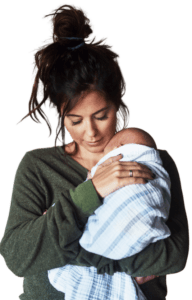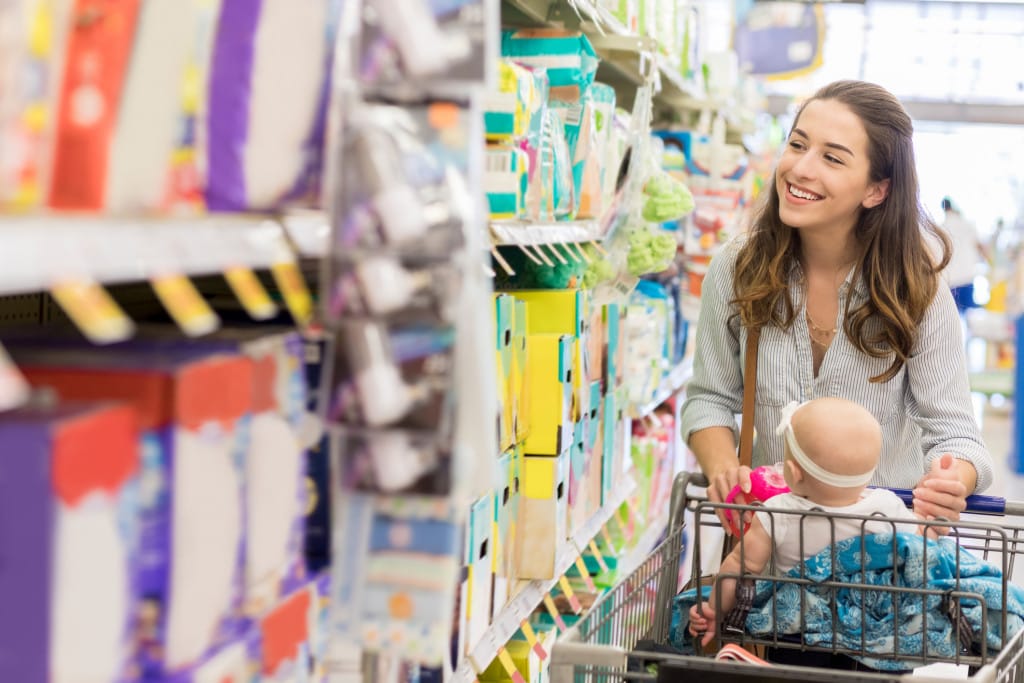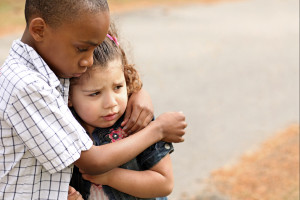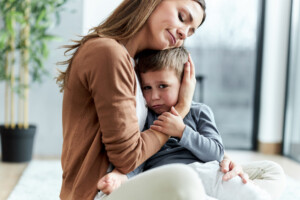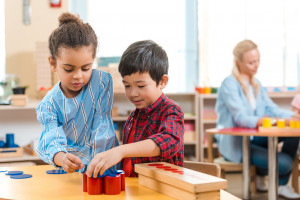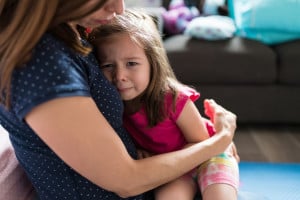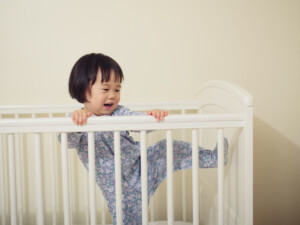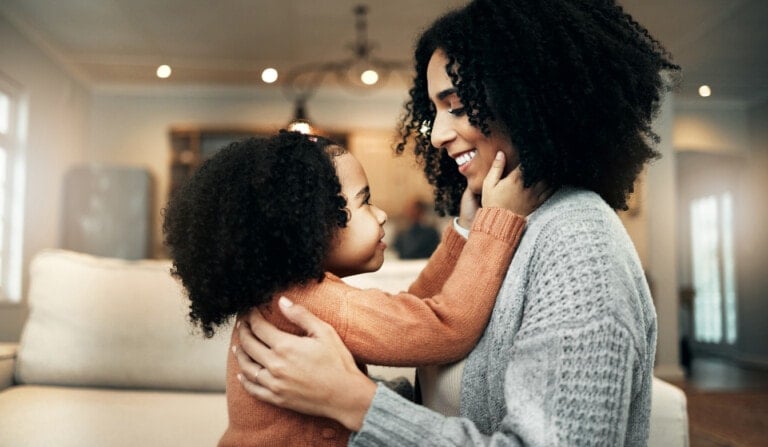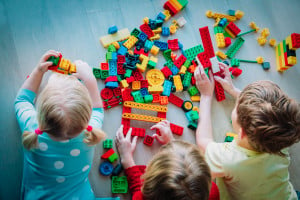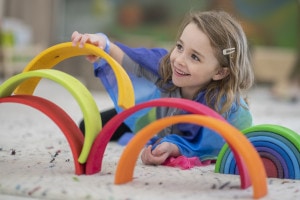It should be enough to carry, birth, feed, love, and grow a baby, but in this day and age, that’s just the beginning. Most parents are also worried about making sure that the products they buy for their babies are safe, especially in a world so full of new gadgets (not to mention the many product recalls!). Furthermore, all babies are different and have different needs. Parents can quickly become overwhelmed with all the advice sources and decisions to make. So how can you know if your baby products are safe for your particular baby?
Baby Product Safety Standards: What You Should Know
Here are some ways to make sure you are using the best, safest products for your baby.
Talk to your pediatrician.
As a first resource, consider talking to your pediatrician about products including baby soaps and lotions, formula brands, laundry detergents or dryer sheets, and baby bottle/nipples. Speaking from personal experience, pediatricians tend to have lots of knowledge about these products. They can give you evidence-based, scientific information, combined with the experience of having seen the effects of products on babies over the years.
Do your recall research.
Start with the website Kids in Danger, which tracks defective products. When possible, buy stuff that’s been approved by the Juvenile Products Manufacturers Association. Finally, you can check to see if a toy has been recalled by the Consumer Product Safety Commission (CPSC) on their personal recall page. You also can sign up to get news about the most up-to-date toy recalls. The United States CPSC is an independent agency of the United States government. It seeks to promote consumer products’ safety by addressing “unreasonable risks” of injury, developing uniform safety standards, and conducting research into product-related illness and injury.
Make sure your toys are safe.
For toys specifically, it’s important to know that the CPSC closely monitors and regulates toys. Any toys made in — or imported into — the United States after 1995 must follow their standards.
Now that you know how to check on what is safe and what is not, how do you pick a toy? A simple trip to any store has a formidable variety of stuffed animals, toy figurines, games . . . you name it! Here are some general guidelines to keep in mind when shopping for toys to help you pick the safest options for your family.
Safe Toys Standards:
- Toys made of fabric should be labeled as flame resistant or flame retardant. Painted toys and products must use lead-free paint. Lead can be toxic to infants and babies (especially since they tend to put everything in their mouths). Art materials should say nontoxic.
- Crayons and paints should say ASTM D-4236 on the package, which means that the American Society for Testing and Materials has evaluated them.
- Steer clear of older toys, even hand-me-downs from friends and family you should carefully review. These might not meet current safety standards.
- Always read labels to make sure a toy is right for a child’s age. Guidelines published by the CPSC and other groups can help you make those buying decisions.
- Be sure to consider your child’s temperament, habits, and behavior whenever you buy a new toy.
- Manufacturers follow guidelines and label most new toys for specific age groups. But the most important thing a parent can do — especially when it comes to younger children — is to supervise them while playing.
Tips for Buying Safe Toys
As kids are fond of placing many things in their mouths, including toys, it is also important to follow these rules when considering certain toys:
- Always follow all manufacturers’ age recommendations. Some toys have small parts that can cause choking, so heed all warnings on a toy’s packaging.
- Toys should be large enough so that they can’t be swallowed or lodged in the windpipe. That typically means at least 1.25 inches in diameter and 2.25 inches in length.
- Avoid marbles, coins, balls, and games with balls that are 1.75 inches (4.4 centimeters) in diameter or less because they can become lodged in the throat above the windpipe and cause trouble with breathing.
- Battery-operated toys should have battery cases secured with screws so that kids cannot pry them open. Batteries and battery fluid pose serious risks, including choking, internal bleeding, and chemical burns.
- When checking a toy for safety, make sure it’s unbreakable and strong enough to withstand chewing.
Selecting your baby products can be confusing and overwhelming, especially with all the new fancy gadgets and features available. Things change so rapidly in this day and age that even waiting a few years between kids can make it feel like you’re in a brand new consumer world! But one overriding consideration must never be compromised when choosing baby products, whether you’re buying, borrowing, or accepting a hand-me-down: your baby’s safety. Keep these baby product safety tips in mind as you navigate the world of consumerism in parenting.
